Acrylic Painting on Canvas Team Bonding Art Jamming Singapore Visual Arts Centre
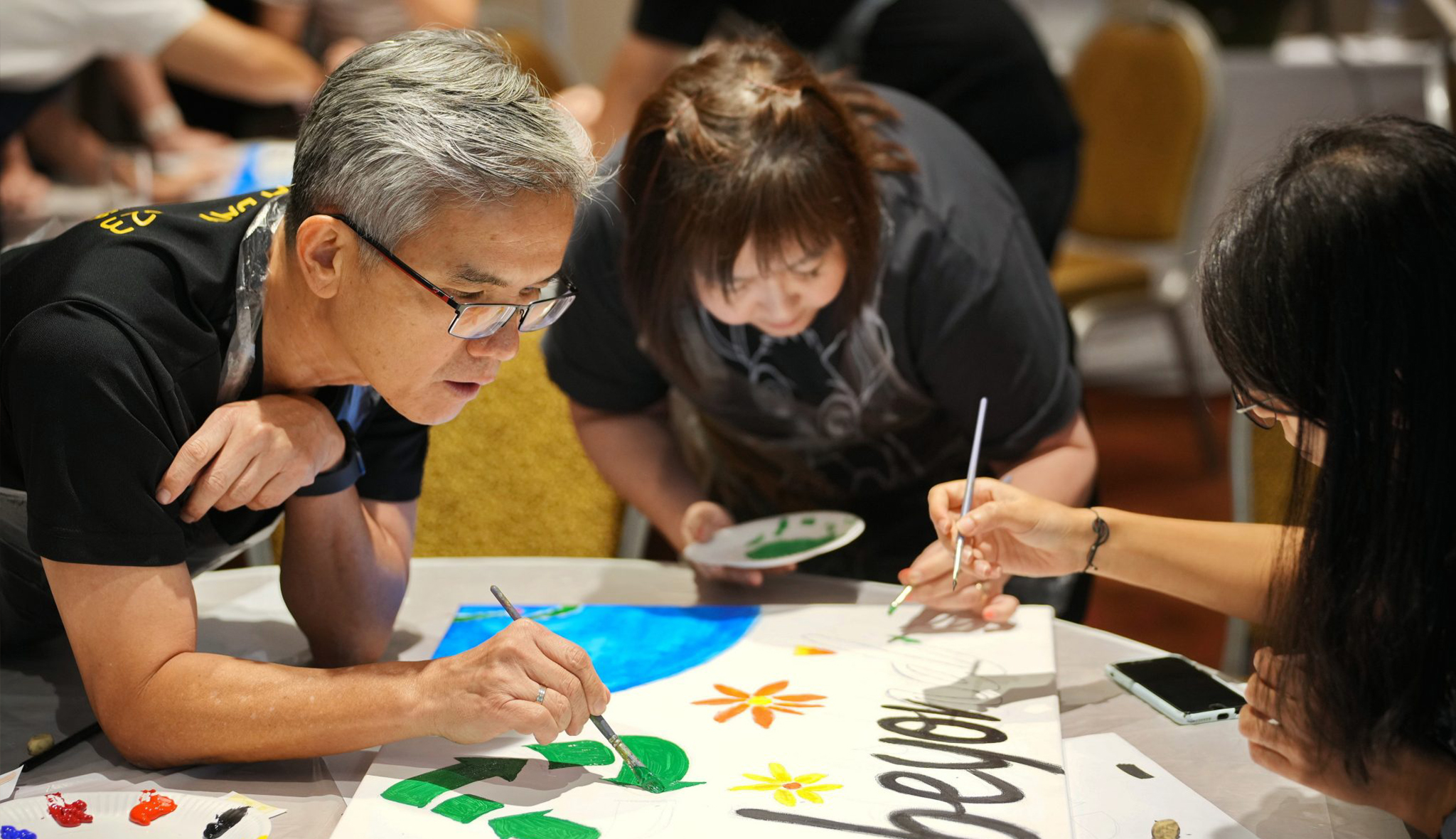
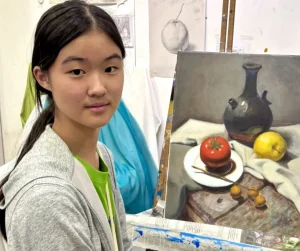






















Yeo Hoe Koon
Oil on Canvas
64 x 89.5 cm
Price Range: $16,000 - $20,000

Yeo Hoe Koon
Oil on Canvas
101 x 123 cm
Price Range: $26,000 - $32,000
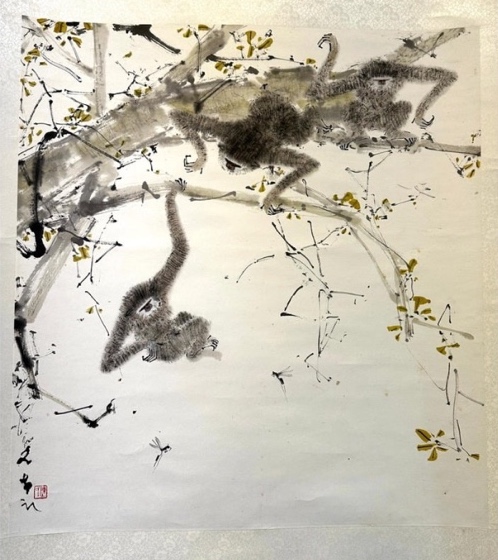
Chen Wen Hsi
Chinese Ink and Color on Paper
50 x 54cm
Price Range: SGD $42,000 - $50,000
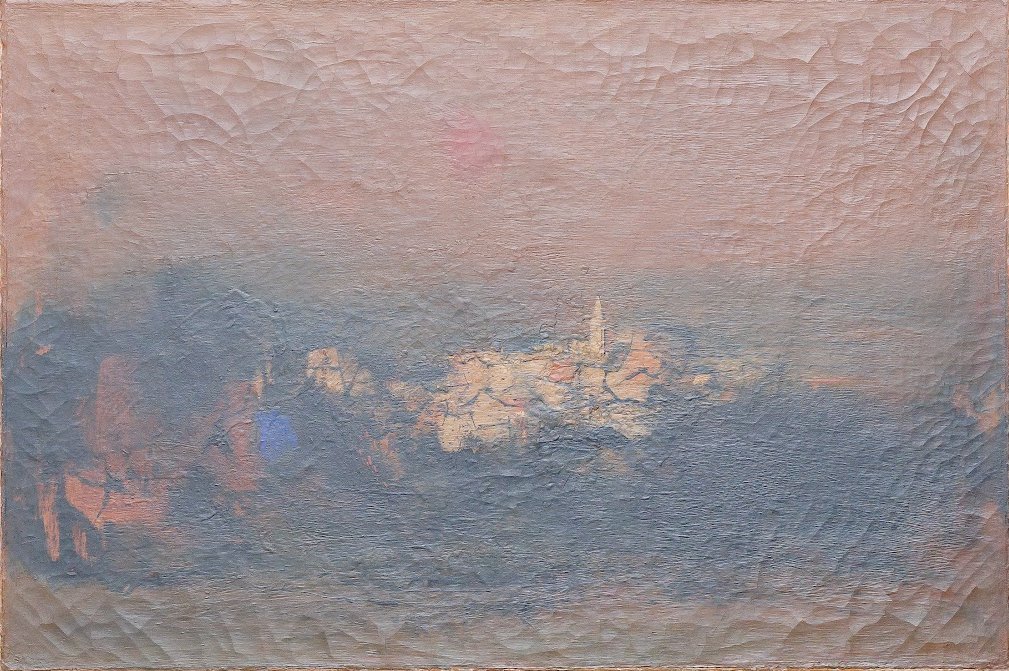
Cheong Soo Pieng
Red Tone
61 x 91.5cm
Price Range: SGD $108,000 - $138,000
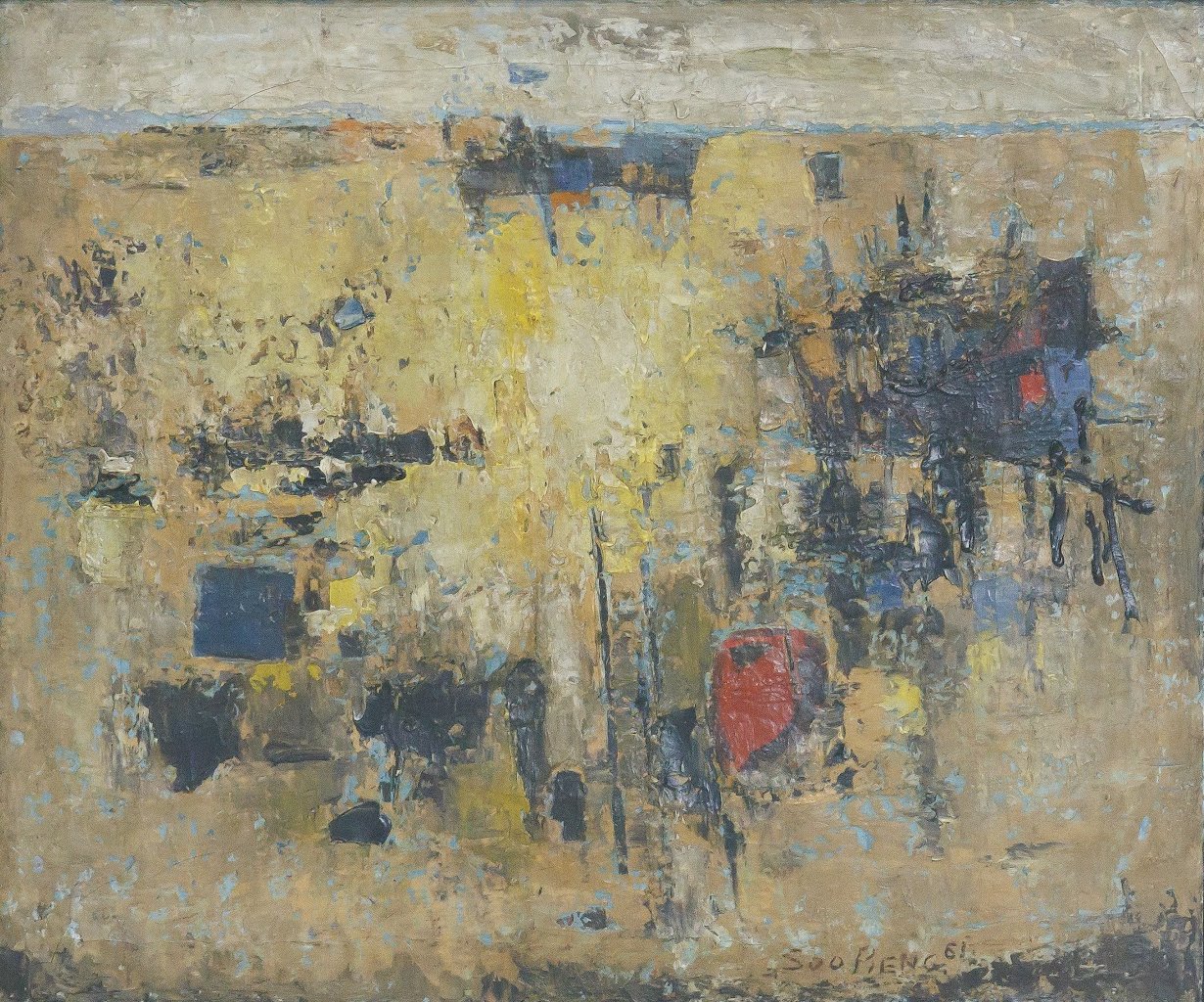
Cheong Soo Pieng
Abstract Landscape
50 x 61cm
Price Range: SGD $95,000 -$128,000
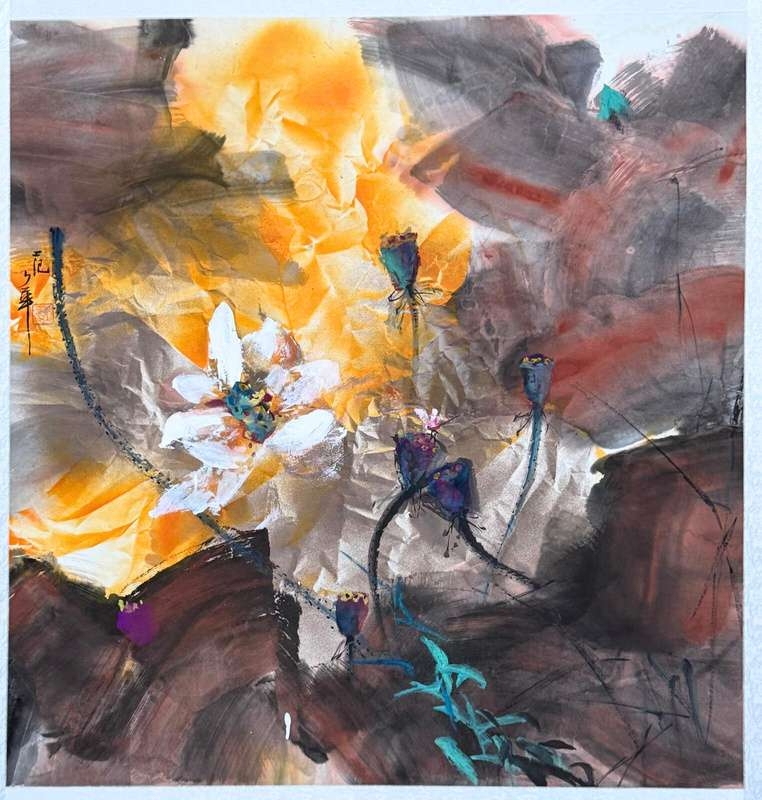
Fan Shao Hua
Chinese Ink and Colour on Paper
100 x 100cm
Price Range: SGD $9,800 - $14,800
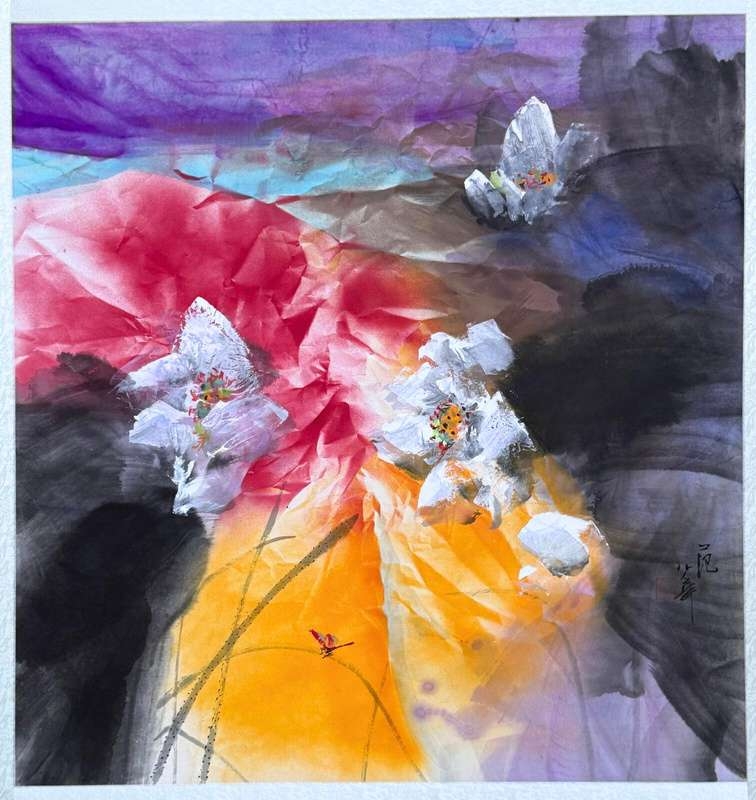
Fan Shao Hua
Chinese Ink and Colour on Paper
100 x 100cm
Price Range: SGD $8,800 - $13,800

位于多美哥格林花园的视觉艺术中心上周末正式开幕,为我国的市中心增加又一个欣赏艺术的空间。
周雁冰/报道
我国市中心又多了一个欣赏艺术的空间——视觉艺术中心(Visual Arts Centre)。一层楼的中心面积有498平方米,位于1万1000平方米的多美哥格林花园中,花园草坪更有露天表演厅。中心已在3月5日正式开幕。
中心负责人刘婉婷也是Asia Art Collective画廊创办人,她说早前画廊以东陵购物中心办公室为基地,要办画展时就租其他市区展厅。“去年国家公园局为这个地点招标时,我觉得它就设在多美歌地铁站上方绿地,地点方便环境优美,特别适合发展艺术。”
中心去年10月底进行装修。目前推出的开幕展览是画廊主办的中国画家桂兆海彩墨展。之后将是新加坡美术总会主办的韩国艺术家交流展。
刘婉婷说,目前展期已排到6月底,下半年展厅也相当抢手。中心1800平方英尺展厅开放给有意办展的团体及个人租用。“展厅可让外人租用,并将以本地艺术家为主要服务对象。我们也希望办展方在展览期间安排相关讲座及导览活动,促进艺术推广。”
新加坡视觉艺术中心在多美歌空间的租用期长达六年。除了展览,希望通过艺术讲座、鉴赏会、新书发布会、表演等,将空间打造成具有浓厚艺术氛围的艺术中心花园,
中心的工作室也将开办绘画课程,邀请了本地画家包括汪非、王天容、张春雷、邹虹等,本月14日开始开班授课。课程以华、英语同步进行,包括油画、素描、速写、丙烯画及趣味创意课。4月开始,中心也将在每个月举办免费瑜伽班。
中心开幕展推出中国画家桂兆海彩墨作品,聚焦中国川藏地区高原雪山景色。
桂兆海(42岁)生于安徽,1997年开始在北京生活。他师承李可染之子李小可,以及李可染得意门生、以画“太行山系列”大型山水画闻名的贾又福。桂兆海2011年进修于北京画院,2014年毕业于中央美术学院。
对于为何将高原景象入画,他说,2008年在黄山随李小可学习山水画,老师川藏题材的国画、版画、摄影给了他深刻印象。“这唤醒了我幼年时对高原的向往,雪山、草甸、牦牛、冷杉等,时刻萦绕在心间。”
2012年,桂兆海去四川省阿坝州四姑娘山双桥沟,开始真正的写生之旅。他认为双桥沟的山很有特点,东面是大面花岗岩,西面是灵动的火山岩。“山光云影变化万千,两旁的高山草甸就像一个大舞台,太阳与云产生出万变的‘舞台灯光’,照射在高山草甸上,令人叹为观止。”
桂兆海对画画的追求是,要展现天地间的无限生机与一片和谐。“更要自觉追求以身合道,将自己的心性与大自然生长变化的规律贴近。”
●桂兆海画展已开始,至3月18日/每天上午11时至晚上8时/视觉艺术中心,10 Penang Road #02-01,Dhoby Ghuat Green/免费参观
Visual Arts Centre Exhibition Gallery (VAC) is a glass house exhibition gallery and studio, situated in the prestigious and cultural Arts and Heritage district of Dhoby Ghaut. In the heart of town, at the start of Orchard Road, Visual Arts Centre is centrally located and conveniently accessible via all modes of transportation like bus and Dhoby Ghaut MRT.
Address: 10 Penang Road, #01-02 Dhoby Ghaut Green, S(238469)
Art & Design Exhibitions ( 7 days )
11am – 8pm daily. Inclusive of set-up & tear-down, $150 for every additional hour. The *first day of the exhibition is Tuesday by default.
-Extended hours of up to 10pm for one day only for Exhibition Opening ceremony.
-Handover to exhibitor: 1st day – 11am 7th day – 8pm
S$5,800/7 days & S$650/day for each subsequent day
Art and Design Exhibitions or Meetings ( <7 days )
11 am to 8pm daily. Inclusive of set-up & tear-down
Mon – Thu S$950nett/day Fri – Sun S$1200nett/day $150 per additional hour
Flea Market & Boutique Fairs ( minimum Fri – Sun)
Choice of 11 am to 8pm or 1pm-10pm daily. Inclusive of set-up & tear-down
_Three Days Fri – Sun at S$3600nett, $150 per additional hour; Mon – Thu at $950nett/day _
(SPECIAL PROMOTION) S$4,400nett for Thursday to Sunday 11am – 8pm or 1pm – 10pm
Product Launches or Media Functions (1 day minimum hire period )
11am to 8pm daily Inclusive of set-up & tear-down
Mon – Fri S$ 2,200nett/day Sat – Sun $2,500nett/day $150 per additional hour.
The Exhibition Gallery space is a fully equipped indoor glasshouse exhibition space with 31 (1.2 x 2.5m) panels, hanging system, studio lighting, inbuilt sound and microphone system, projector, long tables and foldable chairs – all provided and complimentary for exhibitors hiring the Exhibition Gallery.
Yes, we allow at no additional cleaning fee
Yes! We can share with you our partner contacts upon space hire confirmation.
Our space is very popular for events like art exhibition, product launch, or private events. Please get in touch with us at Whatsapp http://wa.me/6562550711 or email us at info@visualartscentre.sg to arrange for guided site recce and we will assist you further on the space layouts & arrangement etc!
We will require full payment of hire fee with a $1000 refundable security deposit before the event. Kindly email us the payment screenshot for us to check and confirm the hire.
The exhibitor must notify the licensor immediately in an event that a cancellation is made and may be liable to pay for all losses and damages suffered by the Licensor. For this reason, the Exhibitor will only receive a certain percentage of refund by the Licensor as follows:
In the event where notification is received on a date:
i. Less than 120 days from event date: 80% refund
ii. Less than 90 days from event date: 50% refund
iii. Less than 60 days from event date: No refund
*The security deposit will be refunded in full to the Exhibitor
Click and get to our WhatsApp
Embark on a captivating journey into the vibrant world of digital art! Our Foundation in Digital Art workshop invites budding creatives aged nine and above to unleash their imagination and hone their artistic skills in a dynamic, supportive environment. From mastering basic digital tools to crafting mesmerizing digital masterpieces, children will explore a spectrum of techniques guided by seasoned mentors. Through hands-on activities and interactive sessions, participants will discover the endless possibilities of digital expression while fostering creativity and critical thinking. Join us for an exhilarating adventure where young artists transform ideas into stunning visual realities, igniting a passion for digital art
In the Batik Introduction Handkerchief Painting workshop, participants will learn the traditional art of batik, a wax-resist dyeing technique originating from Indonesia. The workshop begins with a brief history and overview of batik, highlighting its cultural significance and various techniques. Participants will then observe a demonstration of applying wax with tjanting tools and dyeing the fabric. Following the demonstration, each participant will design and create their own batik handkerchief, applying wax to create patterns and then dyeing their fabric. The workshop concludes with a group discussion, allowing participants to share their creations and reflect on their learning experience.